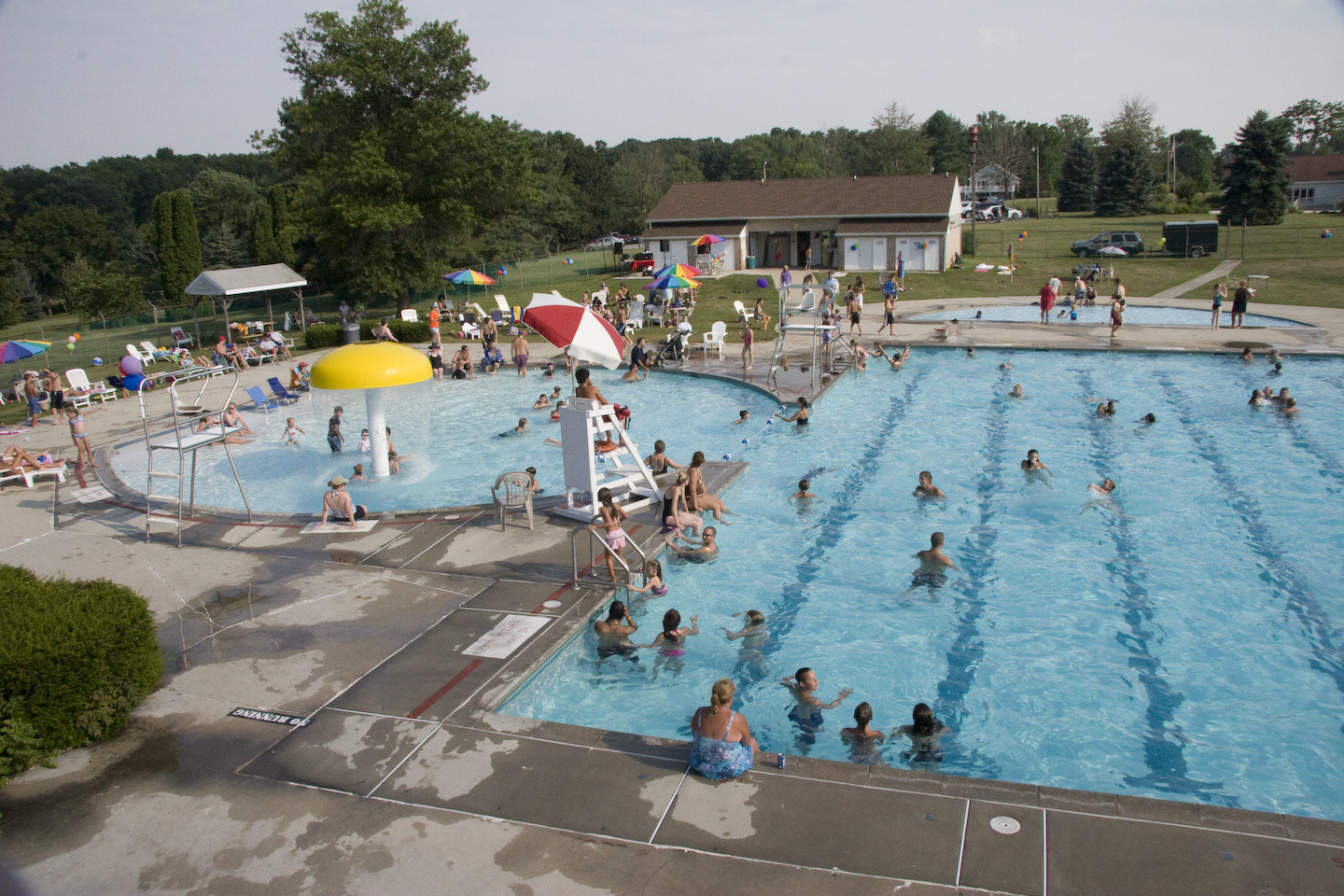edubloggercon 2009
Here we are in DC! EdubloggerCon has grown from about 45 people in Atlanta to over 200 here. The topics for discussion range from web 2.0 tools (and these are THE adopters who know the doodads!) to school reform…the most exciting part is that these are educators who takes the time, pay the extra night in the hotel, and bring together serious passion and deep concern for the future of kids and the adults they will become. There is not a person in the room (or hallway, sitting on the floor) who came here to maintain what is. They are all interested in what can be, will be, and should be. There are some who are “consultants” or educators morphed into other roles, but all are here talking about the “what if” and the “why not.”
That is what makes EBC different. I am sitting in a session about the K12 online conference, an “unconference” that has happened for a couple of years and is being planned IN THIS ROOM for later 2009. How do we get teachers to pay attention? How do we avoid overwhelming people who have never heard of it?
What I wonder:
- How do we help teachers prioritize which things they MUST know, since there is so much to learn, with more every day. How do we talk about tools entirely in the context of their application and USE for learning? I am listening to people make suggestions for “packaging” new ideas and technology USES in a context that is meaningful and personal to a teacher’s situation.
- How much bigger will the gap between Group Know: those who dedicate significant time to personal prof dev and are NOT afraid to appear as a learner in from of their student, and Group O (for overwhelmed): those who are concentrating on day to day survival in an environment with little professional support, unreasonable bureaucratic demands, and personal lives that are less than “perfect”?? I see the gap growing and growing. The marvelous people who hang at EBC are often those who spend ALL their time on this stuff–and GREAT stuff! They have also continuously paid attention to new developments in both technology and in learning. Group O is like someone who has had their TV off for six months or suffered a traumatic brain injury. They are not just behind on today’s news or weather forecast. They may not even know who the president is…
- Do the people who make it to NECC and EBC have more time in their day/week to continue exploring or do they just skip sleep?
- I wonder whether the Facebook idea would help… Teacher apps: Which teacher is more like you? What is your edtech IQ? Take the quiz now… Send an edtech Bravo to your favorite teacher.
- Can we embed ongoing learning into everyone’s life? What’s the code?
Just a few thoughts (unedited and without my usual metaphors) as I eavesdrop on session 3 of EBC09 and reflect back on the day so far…








